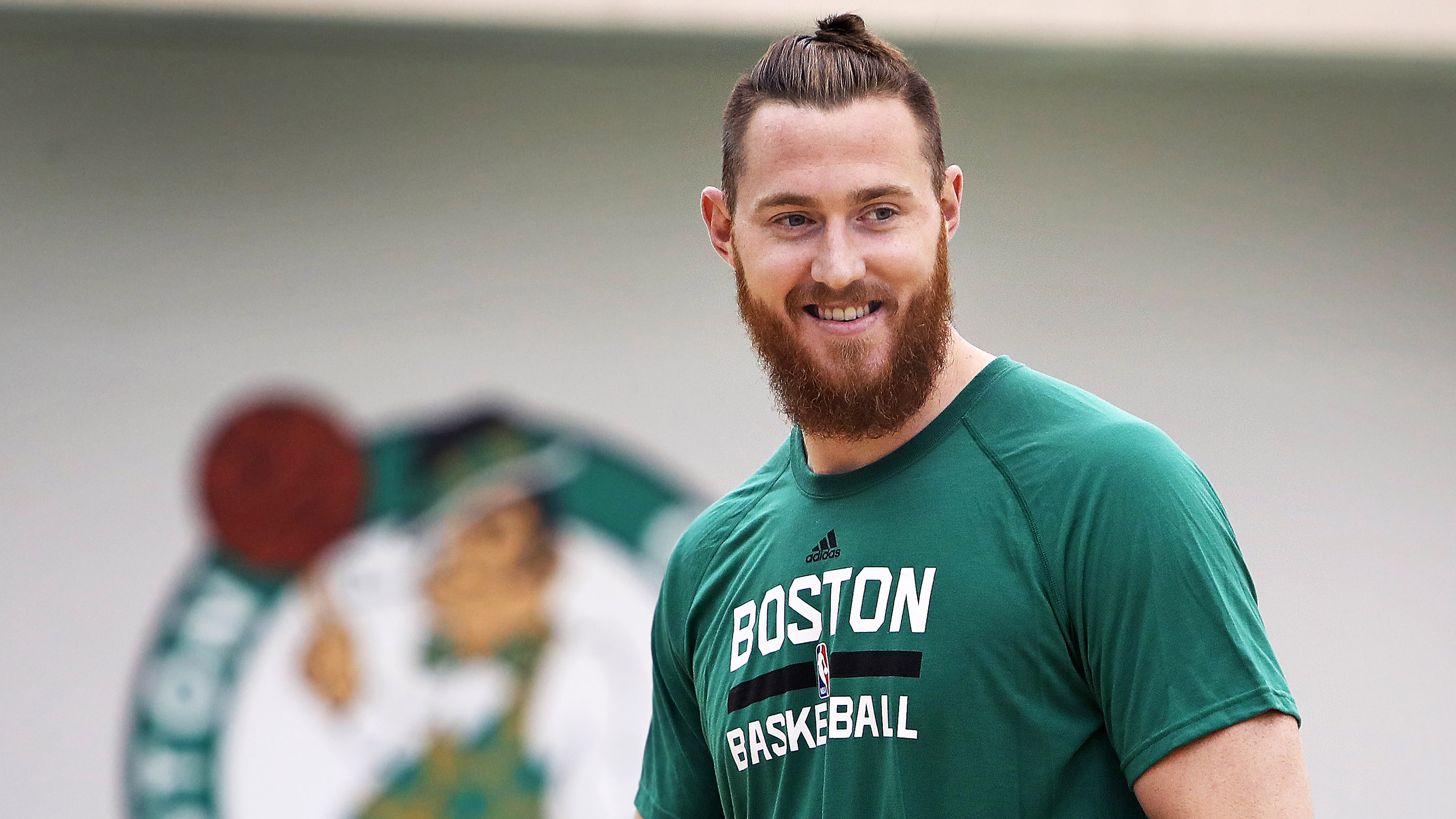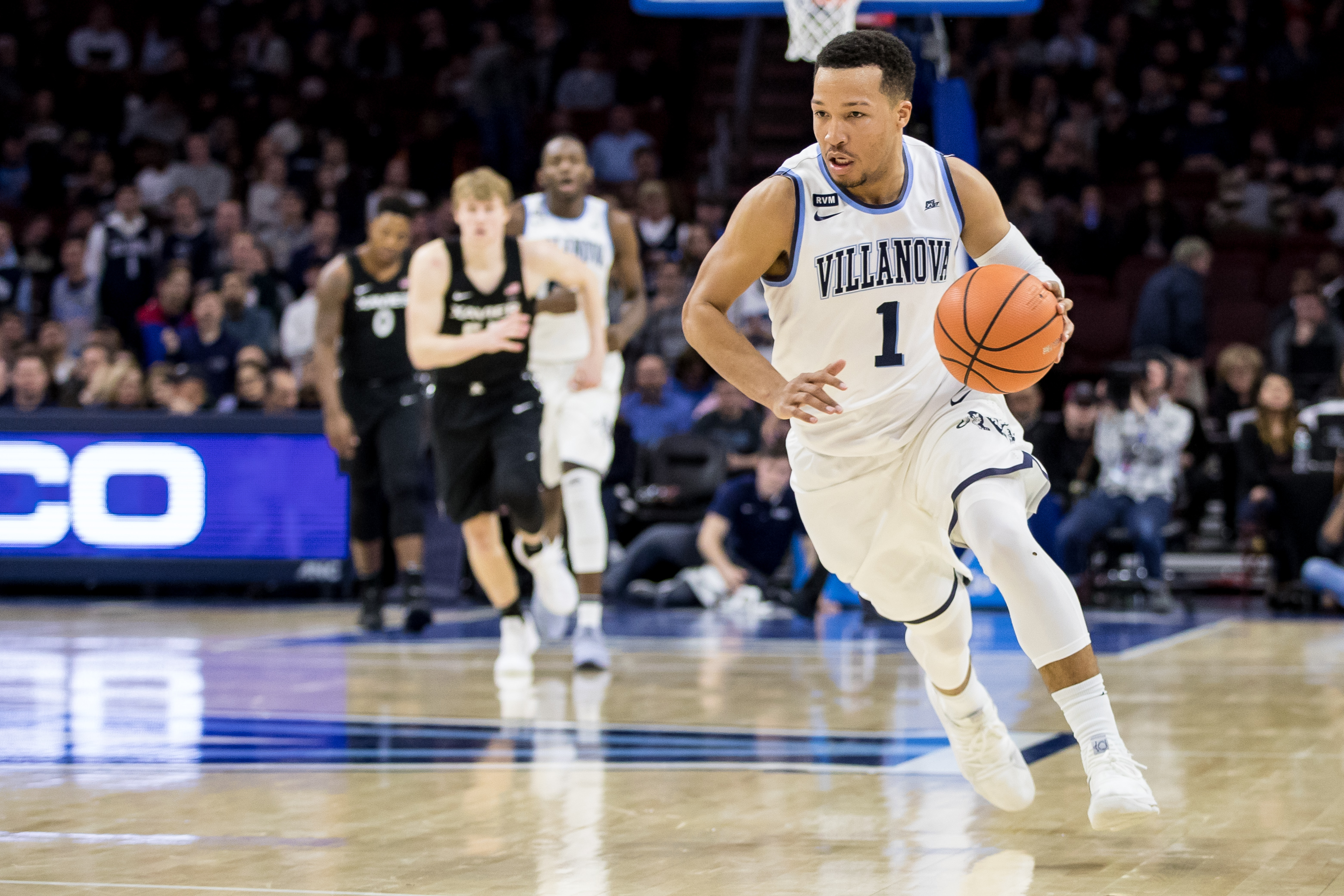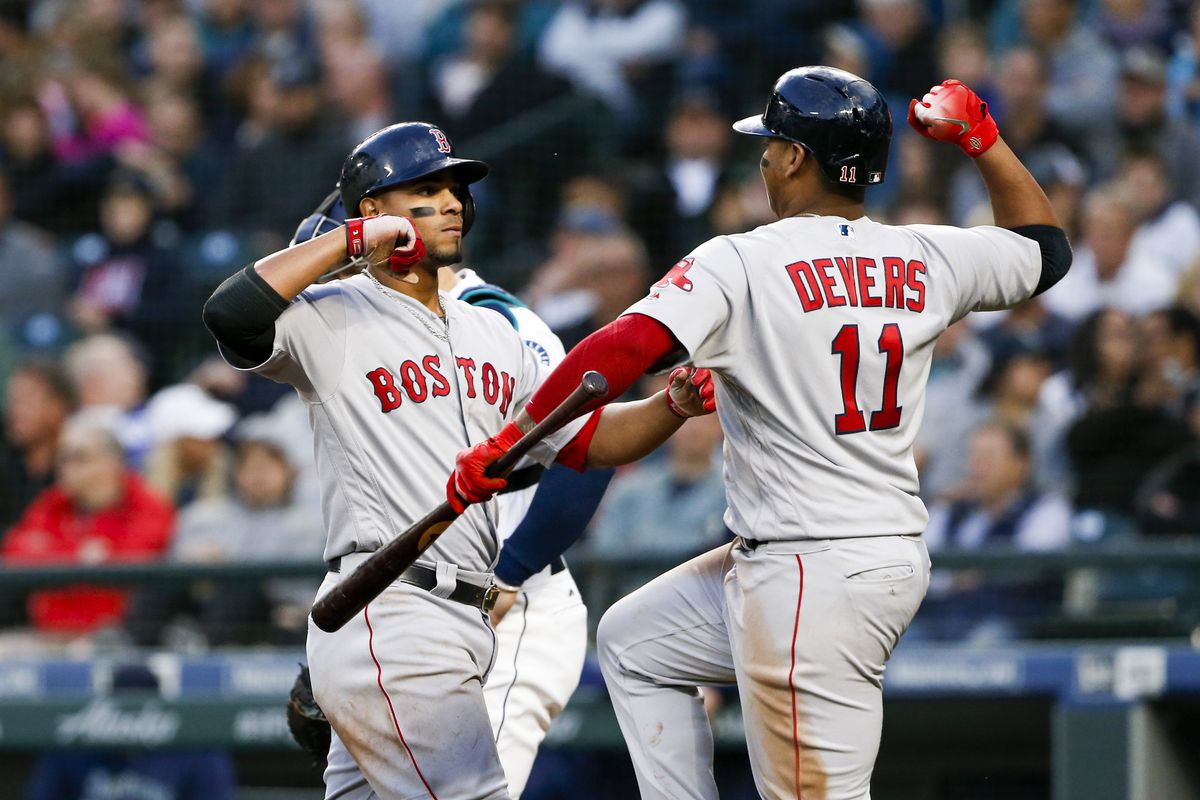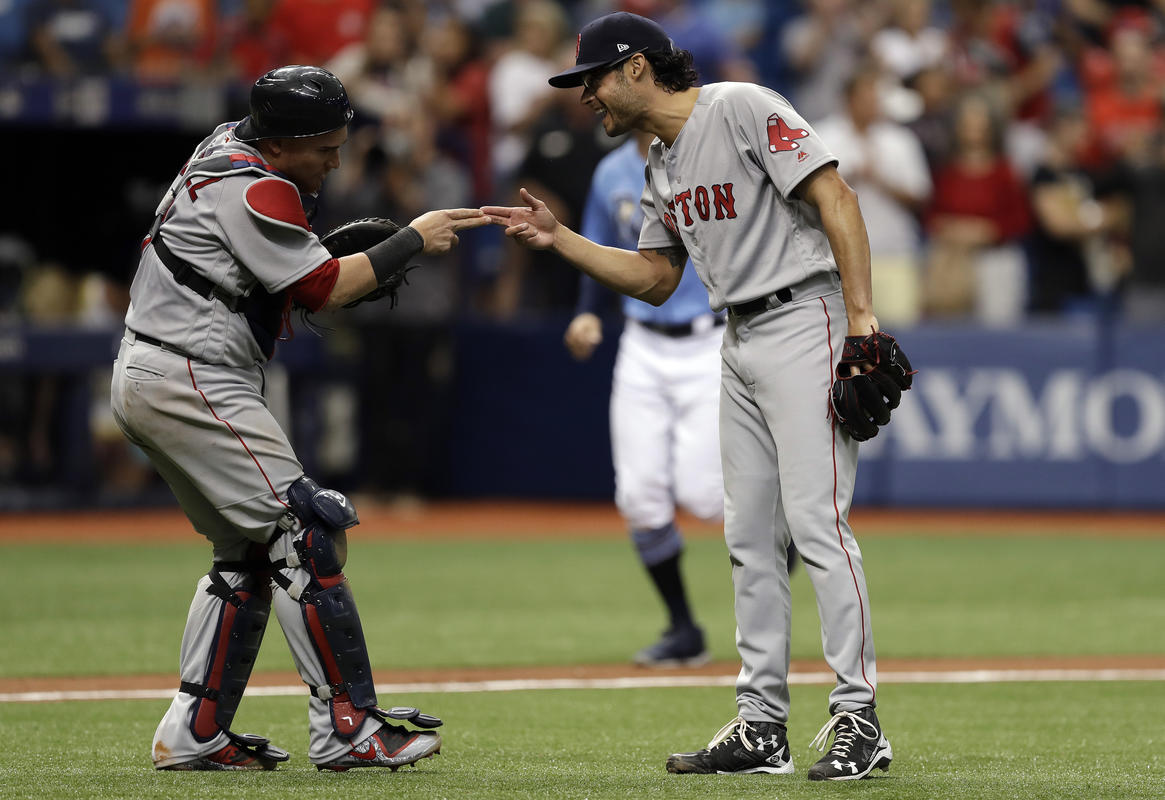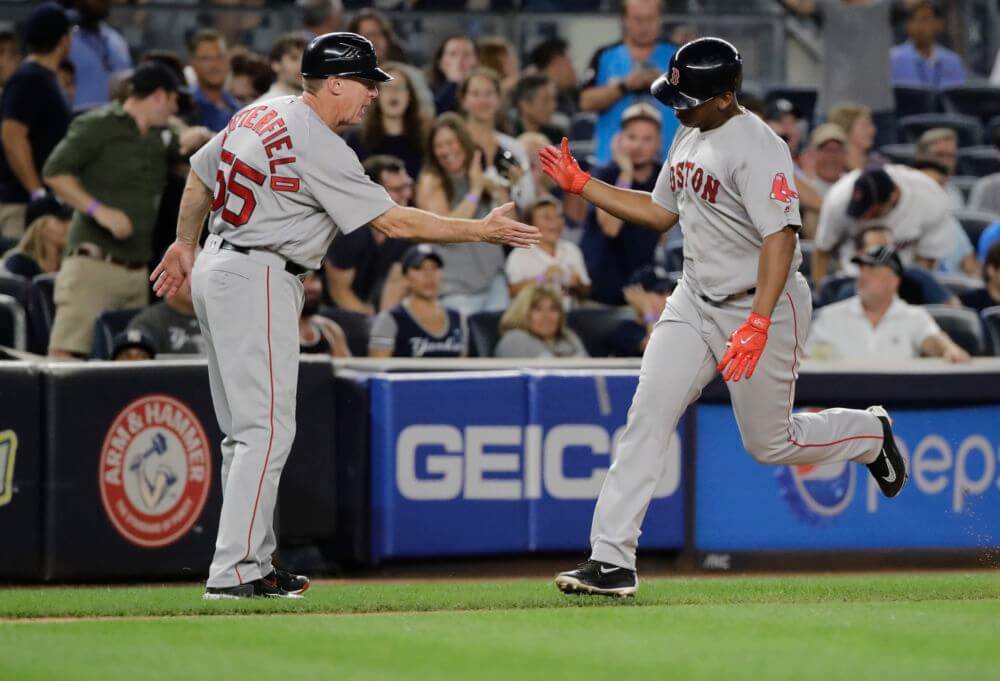
The Rivalry resumes tonight in the Bronx, when the 55-27 Red Sox take on the 52-26 Yankees in a battle for AL East supremacy. As is always the case when these two teams meet, there will be plenty to keep an eye on. Here are a few things to watch for this weekend’s three-game series:
Will Eduardo Rodriguez Rebound?
Rodriguez’s start on Friday night is arguably the most intriguing of the weekend. That’s no small statement, considering Chris Sale and David Price are set to toe the rubber on Saturday and Sunday. The Red Sox are 13-2 in Rodriguez’s 15 starts this season. That’s thanks in large part to run support; Boston is averaging 6.13 runs per E-Rod start.
However, Rodriguez has also been much more consistent than in seasons past. He’s only allowed more than three runs three times this year. One of those times was in his last outing, when the Mariners dealt him his first loss since mid-May (and snapped his six-game winning streak). The Sox will be hoping Rodriguez recovers and can replicate his five-shutout inning performance against the Yankees from May 10th. How he reacts to his last start will will go a long way towards telling us just how much he has matured this year.
Devers Heating Up
On June 5th, Rafael Devers went 0-3 with a strikeout and grounded into a double play. His average dropped to a paltry .223, a total nadir. JD Martinez helped sort out his swing that weekend, and Raffy has been mashing ever since. Devers entered last night hitting .291 with an .802 OPS in his last 20 games. He then proceeded to stay hot in the series finale against the Angels, mashing a solo shot to dead center:
🍦🍦🍦🍦 pic.twitter.com/bCVPXgf1zZ
— MLB (@MLB) June 29, 2018
Devers was a surprise spark last season as a rookie, though he’s struggled through a sophomore slump this year. Let’s see if he can keep the good vibes rolling in the House That Jeter Built this weekend.
Will David Price Ever Figure Out That Team in Pinstripes?
Price is on an absolute tear. Since allowing nine runs (seven earned) on May 3rd in Texas, he’s 7-1 with a 2.72 ERA. Part of the reason for his success? Price has been more effective at keeping batters off-balance. In his first seven starts, he used his changeup only 14% of the time vs. left-handed hitters, and 16% of the time vs. right-handed hitters. In his last nine starts, he’s thrown his changeup 27% of the time to lefties, and 20% of the time to righties. The opposition is having trouble making solid contact as a result. Opposing batters have only hit .160 against Price’s fastball and .138 against his sinker during this run.
Of course no matter how hot Price is, the Yankees are an ever-present thorn in his side. Price is 15-12 vs. New York in 38 career starts, but with a 4.67 ERA. Only the Mets, Rangers, and Rockies have given him more trouble, though he’s faced those three clubs a mere total of 19 times. That record includes an April 11th drubbing earlier this year. In that start, Price was shelled for four runs in one inning of work, before leaving due to numbness in his left hand.
Sunday night, under the lights, Price will get another shot at his arch-nemesis, with first place possibly hanging in the balance. Time will tell whether or not he’s up to the task.
